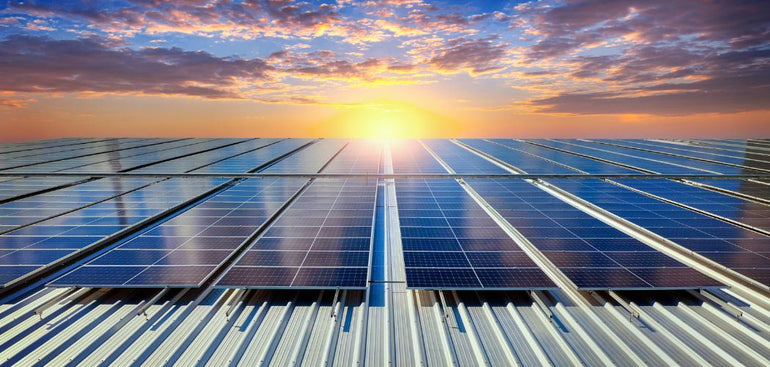Introduction:
In the ever-evolving landscape of renewable energy, solar power has emerged as a beacon of hope for a sustainable future. At the heart of every solar energy system lies a crucial component – the solar inverter. This unsung hero plays a pivotal role in converting sunlight into usable electricity, making it a cornerstone of modern solar technology. In this blog post, we'll delve into the world of solar inverters, exploring their significance, functionality, and the impact they have on the broader goal of transitioning to clean energy.
The Significance of Solar Inverters:
Solar inverters are the brains behind any solar power system. They take the direct current (DC) generated by solar panels and transform it into alternating current (AC), the type of electricity used to power homes, businesses, and the electrical grid. This conversion is vital because most of our electrical devices and appliances operate on AC power.
Types of Solar Inverters:
-
String Inverters:
- String inverters are the most common type and are typically used in residential solar installations.
- They connect multiple solar panels in series, forming a "string," and convert the collective DC power into AC.
-
Microinverters:
- Microinverters are attached to each individual solar panel, allowing for independent power conversion.
- This design minimizes the impact of shading or malfunctions in one panel on the entire system.
-
Central Inverters:
- Commonly found in utility-scale solar farms, central inverters handle large amounts of power from multiple strings of solar panels.
-
Hybrid Inverters:
- Hybrid inverters integrate additional features like energy storage, enabling the system to store excess energy for later use.
Efficiency and Performance:
One of the key metrics for evaluating solar inverters is their efficiency. Higher efficiency means more of the sunlight captured by the solar panels is converted into usable electricity. Technological advancements continue to enhance the efficiency of solar inverters, contributing to increased energy yields and improved overall performance.
Smart Inverter Technology:
The integration of smart inverter technology is transforming the solar energy landscape. Smart inverters go beyond basic energy conversion; they communicate with the grid, providing real-time data and responding to grid conditions. This two-way communication enables better grid management, reduced energy losses, and enhanced reliability.
Benefits of Solar Inverters:
-
Clean Energy Production:
- Solar inverters facilitate the conversion of sunlight into clean and sustainable electricity, contributing to a reduction in greenhouse gas emissions.
-
Energy Independence:
- Solar power, coupled with efficient inverters, empowers individuals and businesses to generate their own electricity, reducing reliance on traditional power sources.
-
Cost Savings:
- While the initial investment in solar inverters and panels may seem significant, the long-term savings on energy bills and potential incentives make solar power a financially sound choice.
-
Environmental Impact:
- Solar inverters play a crucial role in advancing environmental sustainability by harnessing the sun's energy, a virtually limitless and renewable resource.
Conclusion:
As the world pivots towards a more sustainable and eco-friendly future, solar inverters emerge as a linchpin in the clean energy revolution. Their continued evolution and integration with smart technologies pave the way for a decentralized and resilient energy grid. Embracing solar power and investing in advanced solar inverters not only aligns with environmental stewardship but also offers a path to energy independence and long-term cost savings. As we harness the power of the sun through sophisticated solar inverter technology, we illuminate a brighter, cleaner, and more sustainable future for generations to come.




